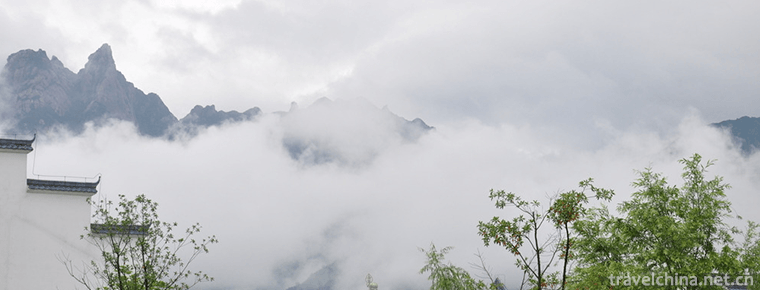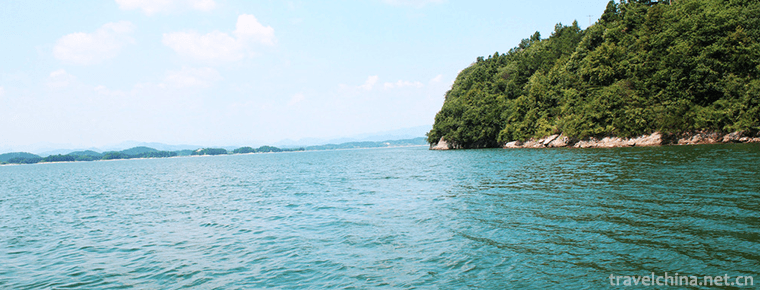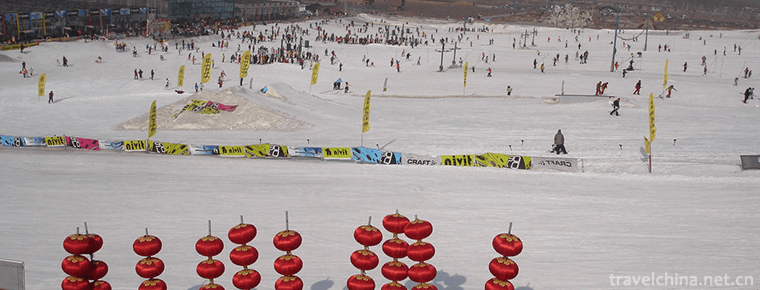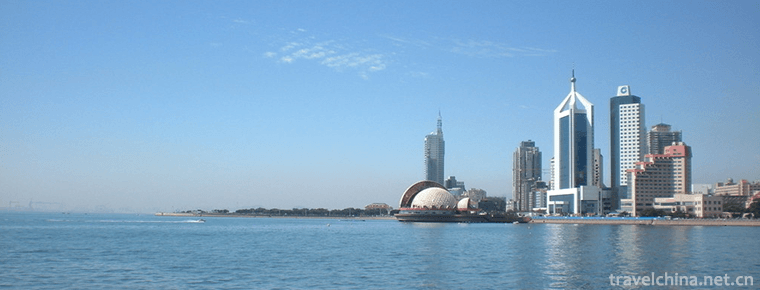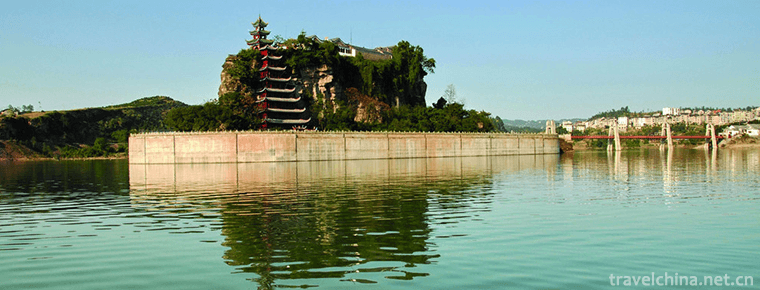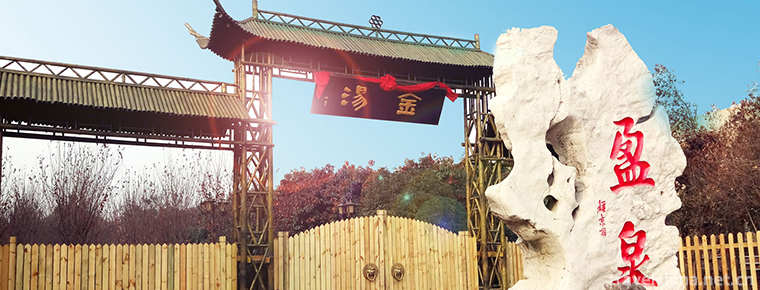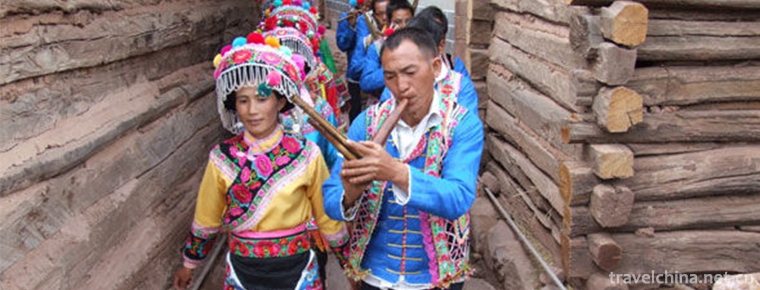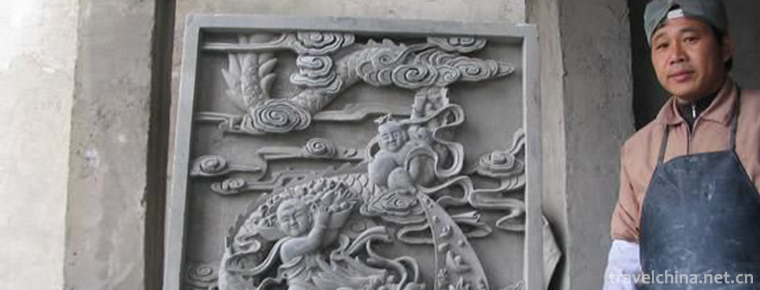Linear cavity
Linear cavity
Line-tune opera, also known as Line-score opera, is an ancient traditional opera in Shanxi Province. It first appeared in the Han and Tang Dynasties, and developed greatly. It flourished in the Song Dynasty. It has a history of more than 1000 years. It is a bright and dazzling flower in the hundred gardens of Chinese opera. According to textual research, the origin of the line cavity is Ruicheng in southern Shanxi, which was once popular in the triangle area bordering Jin, Qin and Henan. In the long-term development and evolution, influenced by Pu Opera, Qin Opera and other operas, Line Opera is popular with the masses, with its high and fresh style, graceful and lingering, rich in Lyric color.
On November 11, 2014, the Line Cavity was selected as the fourth batch of representative projects of national intangible cultural heritage with the approval of the State Council .
A Brief History of Plays
Line tune music appeared in the early Ming Dynasty, which was derived from "good calligraphy tune". In the course of its development, Pu Opera and Qin Opera had great influence. During the invasion of China by Japanese invaders, the line chamber suffered from bad luck and was almost extinct. In the spring of 1950, after liberation, the local government hired artists and appointed cadres to form a troupe of performers. In 1964, when leading comrades from central, provincial and local governments visited southern Shanxi Province and watched the performances of the Line Opera Troupe, they put forward the reform plan of "retaining the aria and employing people to perform". Later, the Yongle Line Opera Troupe was set up to perform in the front stage with actors instead of puppets.
Performing Arts
Line cavity, also known as "line drama", commonly known as "line Hu opera". Its role image resembles Tang figurines and Lai Baozi, and has the traces of Guo Tuo, so it has a long history. Heyang line puppets are 80 to 90 centimeters tall. At the beginning, they were flat and had no hands or feet. They were replaced by sleeve gowns. Five to seven lifting lines (head 3, hand 2, waist 1) were added to 13 for special needs, and the length of the line was about 1 meter (called "low line"); after the 1970s, the stage was renewed and the artists operated at high altitude, and "high line" appeared. After a long period of practice, artists have groped out eight techniques, such as lifting, plucking, hooking, picking, twisting, grabbing, flashing and shaking, so that they can make almost all kinds of life and dance movements and have a lifelike manner. The early stage was about 15 feet square, supported by wooden pillars and surrounded by mantles, with both sides going up and down. Six accompaniments, five dolls, visiting each other, should not be festive, vivid and lifelike.
Musical melody
The musical tunes of line tune can be divided into two categories: line tune and random play. There are adagio, 28, running water, scattered board and so on. Different professions have different singing methods. Accompanied instruments are set up with civil and military scenes. There are two kinds of drum boards in the martial field, namely, dry drum and blast drum. Dry drum is mainly used for singing accompaniment through the door, the drum tone is low and broad, close to the homophony of "violent" sound, mainly used for inter-action. In the opening and closing performances, the drummer holds the wooden cylinder board in his left hand while accompanying the singing, shaking and beating, and the sound is high and bright. There are three different size gongs, tied on a wooden frame, by the drummer one person to attack, two large shell board Hu mainly. After that, flute, erhu, monohu and plucked instruments were added. There are many lines of opera, the main representative of which are "Qingyi Tactics", "Zhonggu Tactics", "Hundred Treasure Boxes in Anger" and so on. After the establishment of the Line Opera Troupe, the more successful actors are Zhang Bucao, Guo Melan and so on.


Linear cavity
-
Mount Jiuhua Scenic Area
Jiuhua Mountain Scenic Spot is located in Anhui Province, China. The northwest is across the Yangtze River and Tianzhu Mountain, and the Southeast
Views: 140 Time 2018-12-08 -
Wan fo Lake Scenic Area
Wanfo Lake is located in Shucheng County, central Anhui Province. It is a national AAAAA tourist area.
Views: 271 Time 2018-12-08 -
Lianhuashan Ski Resort
Located in Zhangzhen, Shunyi District, Beijing, Lianhuashan Skiing Ground covers an area of more than 1 million square meters and was opened on December 19, 2003.
Views: 225 Time 2019-01-29 -
Qingdao Seaside Scenic Spot
Qingdao Seaside Scenic Spot is the first batch of state-level scenic spots announced by the State Council in 1982, and also the first batch of national AAAA-level scenic spots.
Views: 267 Time 2019-02-07 -
Shi Bao Village
Shibaozhai, a national AAAA-level tourist attraction, a national key cultural relic protection unit, is one of the 30 best new tourist landscapes in the Three Gorges of the Yangtze River,
Views: 117 Time 2019-02-08 -
Xinyingtai Eco Spa Resort
Yingtai Eco-Hot Spring Resort (Eco-Park) is located on the parallel road of Tengzhou City, Shandong Province. It is a comprehensive service enterprise integrating eco-catering
Views: 198 Time 2019-02-26 -
Mei Ge
Meige is the general name of Yi folk song and dance and folk oral literature. Its content is all-encompassing and almost reflects the history, culture, production and life of the Yi people. It is rega
Views: 179 Time 2019-06-02 -
Production Techniques of Gold Bricks in Suzhou Royal Kiln
Royal kiln bricks production technology is complex, up to 20 processes, including the main processes of mud selection, mud drilling, billet making, kiln loading, firing, bass water, kiln out, grinding
Views: 183 Time 2019-06-17 -
Chengdu Sport University
Chengdu Institute of Physical Education is one of the six institutes directly under the former State General Administration of Sports. It is now a co-established Institute in Sichuan Province with the
Views: 238 Time 2019-08-31 -
Hanging coffin of Bo people BoRen
"Bo People's hanging coffin" is located in Yibin City, Sichuan Province. It is distributed in Gongxian County, Xingwen County and Junlian county. "Gong county annals" records that "Gongben Bo land, Bo people hanging coffins.".
Views: 165 Time 2020-10-16 -
Convenient facilities and medical services of Chengdu Giant Panda Base
Chengdu Research Base of giant panda breeding has a tourist service center in the hall on the first floor of the museum, which can provide free convenience services such as microwave heating, drinking water hot water, baby carriage, wheelchair, walking stick, umbrella, needle and thread bag, etc.
Views: 402 Time 2020-12-13 -
Honor of Neijiang City
On June 9, 2020, it was awarded the advanced municipal Party committee and government of Sichuan Province in promoting the development of service industry.
Views: 320 Time 2020-12-16
